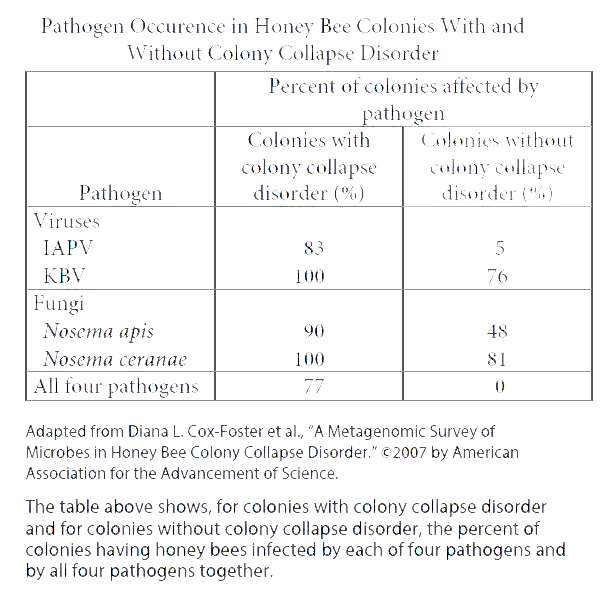The deficiencies of micronutrients, not only affects growth of plants but also vital functions such as photosynthetic and mitochondrial electron flow. Among the list given below, which group of three elements shall affect most, both photosynthetic and mitochondrial electron transport -
Cu, Mn Fe
Co, Ni, Mo
Mn Co, Ca
Ca, K, Na
The correct Answer is:A
Step by step video solution for The deficiencies of micronutrients, not only affects growth of plants but also vital functions such as photosynthetic and mitochondrial electron flow. Among the list given below, which group of three elements shall affect most, both photosynthetic and mitochondrial electron transport - by Biology experts to help you in doubts & scoring excellent marks in Class 11 exams.
Updated on:21/07/2023Topper's Solved these Questions
- RESPIRATION IN PLANTS BOOK - CENGAGE BIOLOGY ENGLISHCHAPTER - RESPIRATION IN PLANTS EXERCISE - ASSERTION - REASONNING QUESTIONS
5 Videos
- RESPIRATION IN PLANTS BOOK - CENGAGE BIOLOGY ENGLISHCHAPTER - RESPIRATION IN PLANTS EXERCISE - ARCHIVES
12 Videos
- PLANT KINGDOMBOOK - CENGAGE BIOLOGY ENGLISHCHAPTER - PLANT KINGDOMEXERCISE - ARCHIVES
70 Videos
- STRUCTURAL ORGANISATION IN ANIMALSBOOK - CENGAGE BIOLOGY ENGLISHCHAPTER - STRUCTURAL ORGANISATION IN ANIMALSEXERCISE - ARCHIVES
27 Videos
Similar Questions
The deficiencies of micronutrients not only affects growth of plants, but also vital functions such as photosynthetic and mitochondrial electron flow. Among the list given below, which group of three elements shall affect the most, both photosynthetic and mitochondrial electron transport ?
View SolutionThe deficiencies of micronutrients not only affects growth of plants, but also vital functions such as photosynthetic and mitochondrial electron flow. Among the list given below, which group of three elements shall affect the most, both photosynthetic and mitochondrial electron transport ?
View Solution
Knowledge Check
Honey bees are hosts to the pathogenic large ectoparasitic mite Varroa destructor (Varroa mites). These mites feed on bee hemolymph (blood) and can kill bees directly or by increasing their susceptibility
line 5- to secondary infection with fungi, bacteria or viruses. Little is known about the natural defenses that keepthe mite infections under control. Pyrethrums are a group of flowering plants which include Chrysanthemum coccineum, Chrysanthemum
line 10- cinerariifolium, Chrysanthemum marschalli, and related species. These plants produce potent insecticides with anti-mite activity. The naturally occurring insecticides are known as pyrethrums. A synonym for the naturally occurring pyrethrums is
line 15- pyrethrin and synthetic analogues of pyrethrums are known as pyrethroids. In fact, the human mite infestation known as scabies (Sarcoptes scabiei) is treated with a topical pyrethrum cream. We suspect that the bees of commercial bee
line 20- colonies which are fed mono-crops are nutritionally deficient. In particular, we postulate that the problem is a diet deficient in anti-mite toxins: pyrethrums, and possibly other nutrients which are inherent in such plants. without, at least, intermittent feeding on
line 25- the pyrethrum producing plants, bee colonies are susceptible to mite infestations which can become fatal either directly or due to a secondary infection of immunocompromised or nutritionally deficient bees. This secondary infection can be viral, bacterial or
line 30- fungal and may be due to one or more pathogens. In addition, immunocompromised or nutritionally deficient bees may be further weakened when commercially produced insecticides are introduced into their hives by bee keepers in an effort to fight
line 35- mite infestation. We further postulate that the proper dosage necessary to prevent mite infestation may be better left to the bees, who may seek out or avoid pyrethrum containing plants depending on the amount necessary to defend against mites and the
line 40- amount already consumed by the bees, which in higher doses could be potentially toxic to them. This hypothesis can best be tested by a trial wherein a small number of commercial honey bee colonies are offered a number of pyrethrum
line 45- producing plants, as well as a typical bee food source such as clover, while controls are offered only the clover. Mites could then be introduced to each hive with note made as to the choice of the bees, and the effects of the mite parasites on the experimental
line 50 - colonies versus control colonies. It might be beneficial to test wild-type honey bee colonies in this manner as well, in case there could be some genetic difference between them that affects the bees’ preferences for pyrethrum producing flowers.

As used in line 35, “postulate” most nearly means toAmake an unfounded assumption.Bput forth an idea or claim.Cquestion a belief or theoryDconclude based on firm evidence.
Which group of three micronutrient elements is required for both photosynthesis and mitochondrial electron transport ?
View SolutionWhich group of three micronutrient elements is required for both photosynthesis and mitochondrial electron transport ?
View SolutionWrite the electronic configuration of the elements given below and predict their period, group, block and also name the class, i.e., representative, transition etc. to which they belong.
54A
View SolutionWrite the electronic configuration of the elements given below and predict their period, group, block and also name the class, i.e., representative, transition etc. to which they belong.
74E
View SolutionWrite the electronic configuration of the elements given below and predict their period, group, block and also name the class, i.e., representative, transition etc. to which they belong.
40B
View SolutionWrite the electronic configuration of the elements given below and predict their period, group, block and also name the class, i.e., representative, transition etc. to which they belong.
61C
View SolutionWrite the electronic configuration of the elements given below and predict their period, group, block and also name the class, i.e., representative, transition etc. to which they belong.
34D
View Solution
